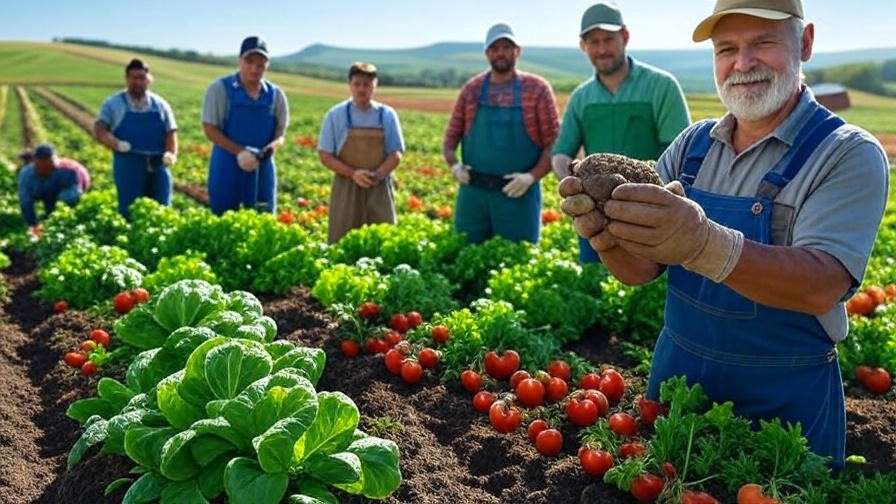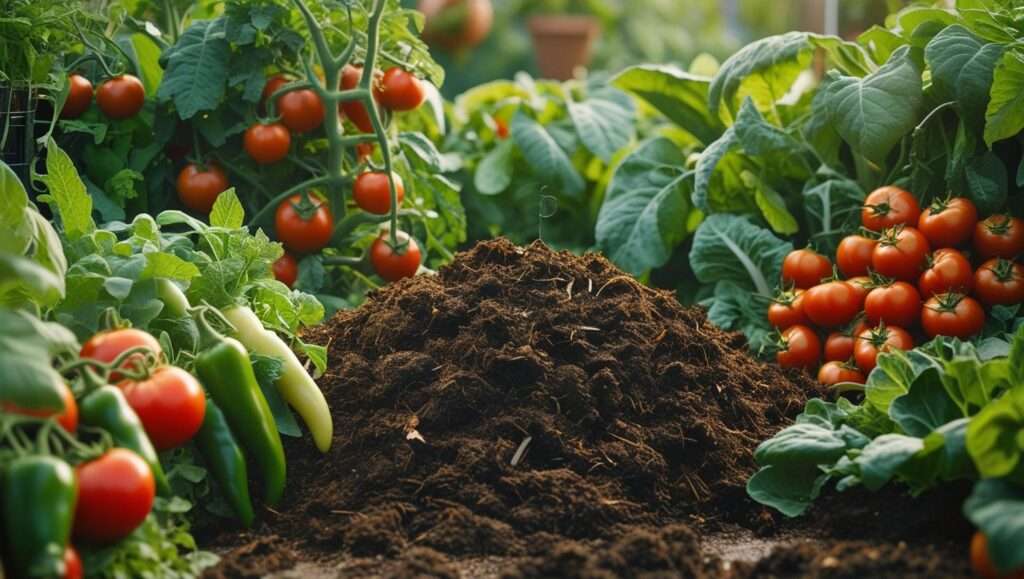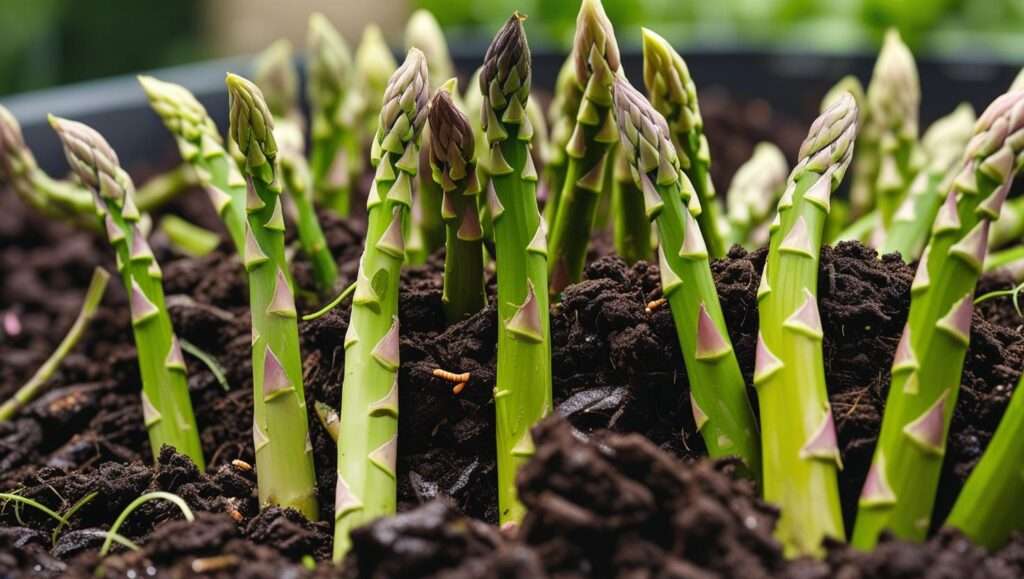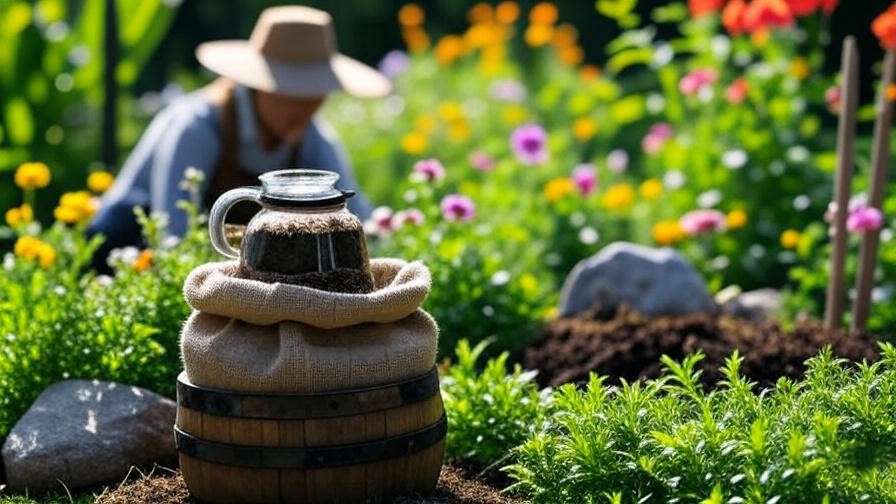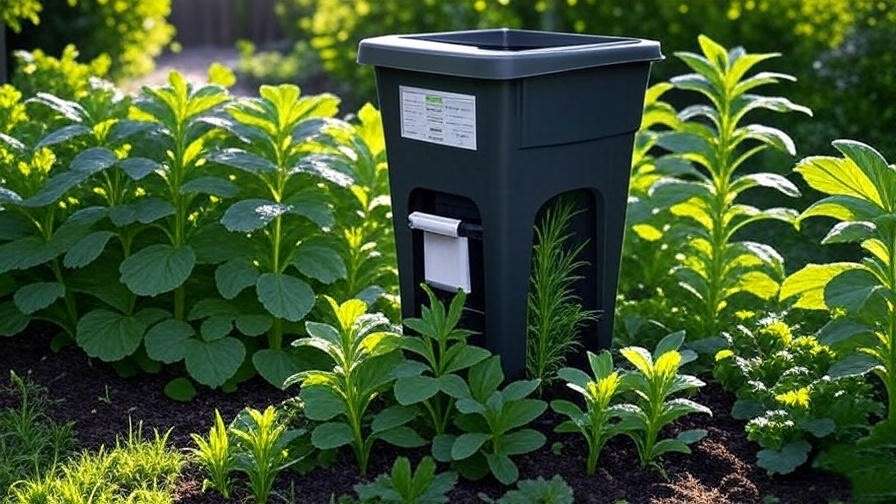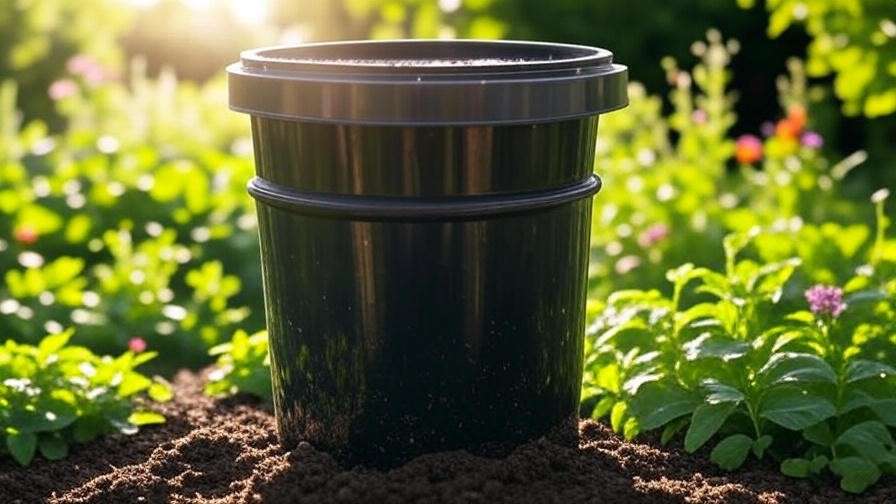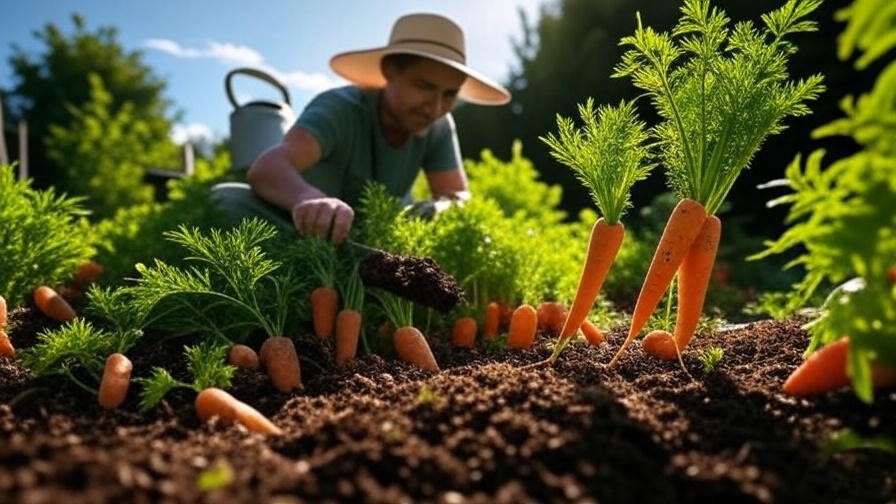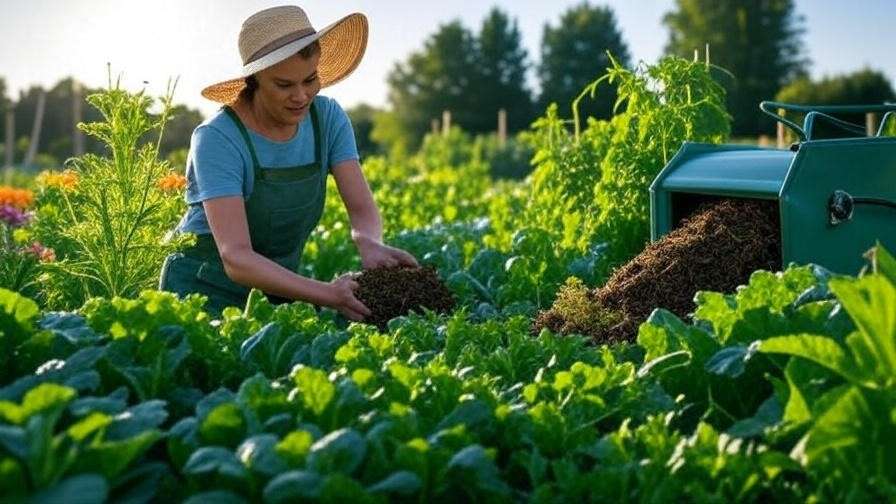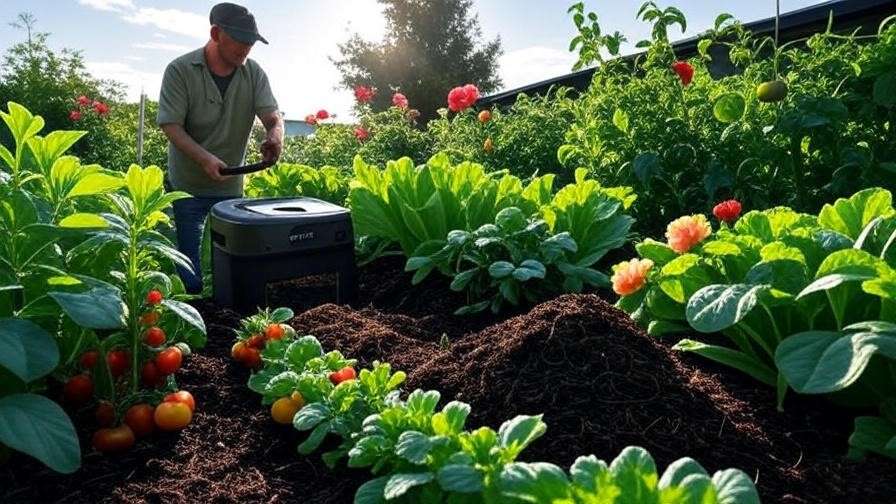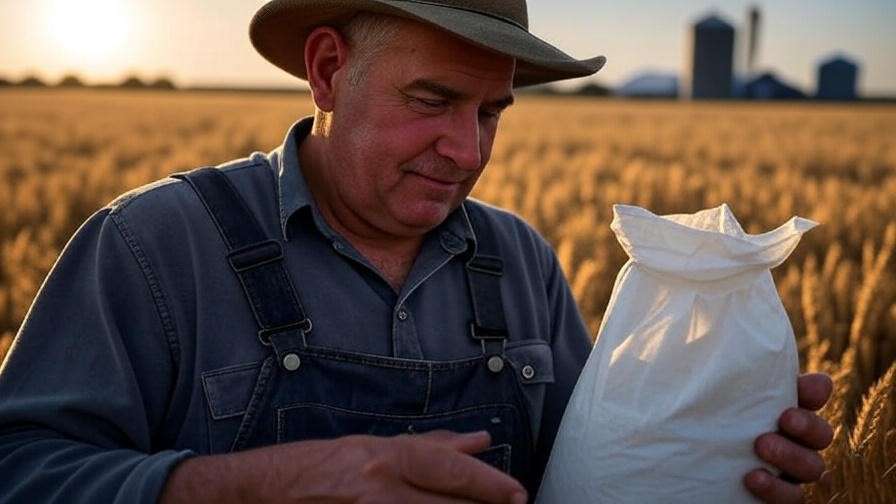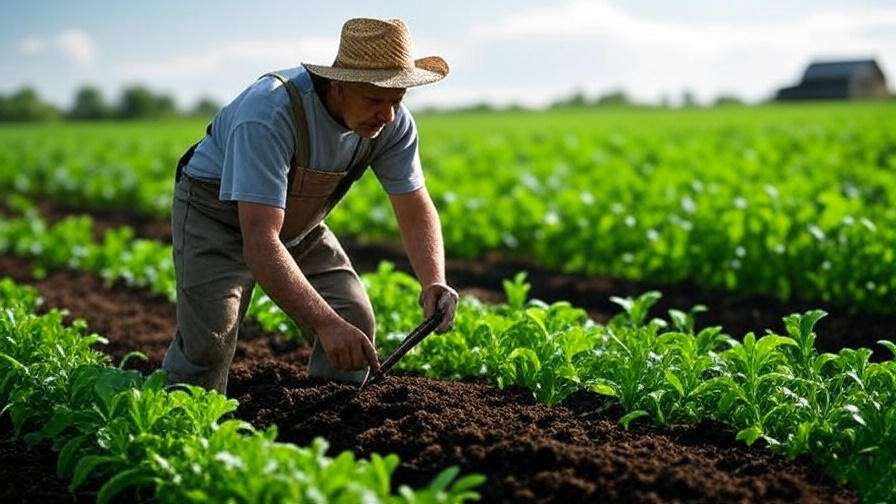Imagine transforming your garden or farm with a simple, eco-friendly solution that revitalizes soil and boosts crop yields—without relying on harsh chemicals. An earthworm farm kit offers just that, turning organic waste into nutrient-rich vermicompost that enhances soil fertility naturally. Many farmers and gardeners struggle with declining soil health, compacted earth, and rising fertilizer costs, but this innovative tool provides a sustainable answer. In this comprehensive guide, backed by soil science experts and real-world successes, we’ll explore how an earthworm farm kit can solve these problems, offering step-by-step instructions and practical tips to get you started today.
What is an Earthworm Farm Kit?
Understanding Earthworm Farming
An earthworm farm kit is a compact, user-friendly system designed to raise earthworms, primarily red wigglers (Eisenia fetida), for vermicomposting. These worms consume organic matter—such as kitchen scraps and yard waste—converting it into castings, a natural fertilizer packed with nutrients. Unlike traditional composting, which relies on microbial breakdown, vermicomposting accelerates the process with earthworm activity, making it ideal for small spaces and quick results. This method aligns with sustainable gardening and organic farming trends, offering a chemical-free way to enrich soil.
Components of an Earthworm Farm Kit
A typical earthworm farm kit includes a worm bin (stackable trays or a single container), bedding materials like shredded newspaper or coconut coir, a starter population of worms, and a guide for maintenance. Beginner kits often come with 500-1,000 red wigglers, enough to process about 1-2 pounds of waste daily. Scalable designs suit everything from a balcony garden to a small farm, with options like the Worm Factory 360 or DIY setups using plastic bins. Each component works together to create a controlled environment for worm activity, ensuring efficient compost production.
Benefits for Soil Health
Earthworm castings are a powerhouse of nutrients, including nitrogen, phosphorus, and potassium, released slowly to feed plants without burning roots. They also improve soil structure, enhancing aeration and water retention—critical for drought-prone areas. A 2023 study from the University of California found that soils amended with vermicompost retained 20% more water than those with synthetic fertilizers. Additionally, this practice reduces the need for chemical inputs, lowering costs and environmental impact, making it a win for both farmers and ecosystems.
The Soil Health Crisis in Modern Agriculture
Declining Soil Fertility
Soil degradation is a global crisis, with the Food and Agriculture Organization (FAO, 2024) reporting that 52% of agricultural land shows signs of reduced fertility due to erosion, nutrient depletion, and compaction. This decline threatens crop yields and food security, especially for small-scale farmers. For instance, a wheat farmer in Kansas noticed a 15% drop in production over five years, attributing it to compacted soil from heavy machinery—a common issue in conventional farming.
Over-Reliance on Chemicals
Synthetic fertilizers offer short-term gains but long-term drawbacks. They can acidify soil, kill beneficial microbes, and contribute to runoff that pollutes waterways. The economic burden is significant, with farmers spending up to $200 per acre annually on inputs, according to the USDA. Dr. Elaine Ingham, a leading soil microbiologist, warns that over-reliance on chemicals disrupts soil ecosystems, urging a shift to natural amendments like vermicompost for sustainable agriculture.
Why Natural Solutions Matter
The push for organic and regenerative farming is growing, driven by consumer demand for chemical-free produce and policies supporting eco-friendly practices. Earthworm farm kits fit this trend, offering a scalable, low-cost solution that aligns with regenerative agriculture goals. As climate change intensifies, natural soil management becomes essential to build resilience, making tools like these increasingly relevant.
How Earthworm Farm Kits Address Soil Health Issues
Nutrient-Rich Vermicompost Production

Earthworms transform organic waste into vermicompost through digestion, producing castings rich in microbes and nutrients. This process, detailed in a 2022 Journal of Soil Science, shows castings contain five times more nitrogen and seven times more phosphorus than typical compost. A home gardener in Oregon used vermicompost from an earthworm farm kit to double her tomato yield, demonstrating its potency for organic fertilizer needs.
Enhancing Soil Structure

Earthworm burrows create channels that aerate soil and improve drainage, while their castings bind soil particles into stable aggregates. Research from Cornell University indicates that soils with active worm populations retain 20% more water and resist compaction better than untreated soils. This is a game-changer for farmers battling hardpan or waterlogged fields, offering a natural way to restore soil vitality.
Reducing Chemical Dependency

By replacing synthetic fertilizers with vermicompost, farmers can cut costs and environmental harm. A small farm in Texas reduced its fertilizer use by 30% after integrating worm castings, saving $500 annually while maintaining yields. This shift also lowers the risk of soil salinization and groundwater contamination, aligning with sustainable gardening principles.
Step-by-Step Guide to Setting Up and Using an Earthworm Farm Kit
Step 1: Choosing the Right Kit
Select a kit based on your space and goals. Indoor bins like the Worm Factory 360 suit urban gardeners, while outdoor systems work for farms. Red wigglers are the best choice for vermicomposting due to their appetite and reproduction rate. Beginner kits, priced around $50, include everything needed to start, with options from Uncle Jim’s Worm Farm or local nurseries.
Step 2: Preparing the Worm Bin

Fill the bin with 6-8 inches of bedding, such as shredded newspaper or coconut coir, moistened to the consistency of a wrung-out sponge. Add a handful of garden soil for grit, and maintain a pH of 6.5-7.5 using lime if needed. A spray bottle helps control moisture, ensuring a hospitable environment for worms.
Step 3: Introducing Earthworms

Introduce 500-1,000 red wigglers, acclimating them by placing them on the bedding surface with a small amount of food (e.g., fruit peels). Avoid citrus or meat initially to prevent odors. Dr. Rhonda Sherman, a vermicomposting expert, recommends starting with half a pound of waste daily and adjusting as the population grows.
Step 4: Maintaining the Farm
Feed worms 1-2 pounds of waste daily, using vegetable scraps, coffee grounds, and cardboard. Keep temperatures between 55-77°F and moisture at 70-80%. If odors arise, reduce feeding or add dry bedding. Overpopulation can be managed by harvesting excess worms for fishing or sharing with neighbors.
Step 5: Harvesting and Applying Vermicompost

After 2-3 months, harvest castings using the migration method—move fresh food to one side, letting worms migrate, then collect the finished compost. Mix 10-20% vermicompost into garden soil or apply as a top dressing. Apply after rain for optimal absorption, boosting plant growth naturally.
Real-World Success Stories
Case Study 1: Home Gardener in Oregon
A gardener in Portland invested in a $30 earthworm farm kit in 2023, using it to enrich her 200-square-foot backyard. Regular feeding with kitchen scraps and mulching with castings led to a 25% increase in tomato yield within six months, proving its value for small-scale organic gardening.
Case Study 2: Small Farm in Texas
A 10-acre farm in Austin scaled up with five earthworm farm kits, producing enough castings to supply local markets. This reduced fertilizer costs by 40% ($500 savings) and improved soil structure, enabling better water retention during a dry season.
Lessons Learned
Challenges like overfeeding or poor drainage can slow progress. Start small, monitor conditions, and seek advice from local gardening clubs to overcome hurdles. Patience pays off as soil health improves over time.
Tools and Resources for Earthworm Farming
Essential Tools
Success with an earthworm farm kit relies on the right tools. A worm bin with drainage holes, a soil thermometer to monitor temperature, a trowel for mixing bedding, and a pH tester to maintain optimal levels are must-haves. Brands like Uncle Jim’s Worm Farm offer reliable kits, while Worm Factory provides stackable systems for easy expansion. These tools, costing $20-$100 depending on size, ensure efficient vermicomposting and soil health improvement.
Educational Resources
For deeper knowledge, Worms Eat My Garbage by Mary Appelhof is a classic guide for beginners and experts alike. Cornell University’s composting program offers free online resources, including videos on worm care and troubleshooting. Joining vermicomposting forums or local gardening clubs connects you with experienced practitioners, providing real-time advice tailored to your region’s climate and soil.
Support and Supplies
Purchase worms and kits from reputable online retailers like Uncle Jim’s or local nurseries, where red wigglers cost $20-$40 per pound. The USDA offers organic farming grants, such as the Sustainable Agriculture Research and Education (SARE) program, which can fund up to $15,000 for small-scale projects. Check with agricultural extensions or nonprofits like the Rodale Institute for additional support and bulk bedding supplies.
FAQs About Earthworm Farm Kits
What size kit do I need for a small garden?
For a 10×10-foot garden, a 1-2 square foot bin with 500-1,000 worms can process enough waste to produce 1-2 pounds of castings weekly, sufficient for regular soil amendment. Scale up as needed for larger areas.
Can earthworm farms smell bad?
Not if managed correctly. Overfeeding or adding meat and citrus can cause odors—use vegetable scraps, maintain ventilation, and add dry bedding to neutralize smells. A well-maintained bin should have an earthy scent.
How long until I see soil benefits?
Noticeable improvements, like better plant growth and water retention, typically appear in 2-3 months with consistent vermicompost application. Full soil regeneration may take 6-12 months, depending on starting conditions.
Are there risks to earthworm farming?
Risks are minimal but include overpopulation (manage by harvesting excess worms) or pest infestations (e.g., mites, preventable with proper hygiene). Regular monitoring and balanced feeding mitigate these issues.
Conclusion
An earthworm farm kit is a powerful tool to boost soil health naturally, offering higher yields, reduced costs, and a sustainable alternative to chemical fertilizers. From restoring nutrient levels to enhancing soil structure, this method addresses the pressing challenges of modern agriculture. Start with a basic kit, experiment in your garden or farm, and watch your soil transform over time. This approach isn’t just a practice—it’s a step toward a resilient, eco-friendly future. Share your earthworm farming journey in the comments or connect with local gardening groups to inspire others.

